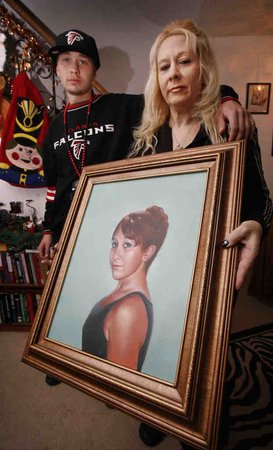
Legislators in Pennsylvania this year did what Albany lawmakers could not: addressed a loophole in state law that gives hit-and-run drivers an incentive to leave the scene of a serious crash. But the arduous task of getting a bill to the desk of Governor Tom Corbett exemplifies the difficulty in holding reckless motorists accountable, even when they take lives.
House Bill 208 elevates the crime of leaving the scene of a fatal hit-and-run in Pennsylvania to a second degree felony, placing it on the same level as a fatal DUI. However, a compromise weakened the legislation, ensuring that the minimum sentence for a fatal hit-and-run will still not match that of a fatal DUI crash, which in Pennsylvania carries a prison term of three to 10 years. Though the new law gives judges latitude to add to the mandatory minimum one-year hit-and-run sentence, advocates are understandably measured in their praise.
"Drivers who are responsible for killing cyclists or pedestrians shouldn't feel that it is in their best interest to flee the scene because the penalty for doing so is less than being caught DUI," wrote Sarah Clark Stuart, campaign director for the Bicycle Coalition of Greater Philadelphia, in an e-mail to Streetsblog. "The incentive to do so has now been reduced because each offense has the same penalty, but unfortunately, the loophole is not completely closed because the difference in mandatory sentences remains."
"We wish that the Legislature had made each offense have the same three year mandatory sentence. Nevertheless, HB 208 is significant because now, in Pennsylvania, a hit-and-run driver faces stiffer consequences than before, which is good news for pedestrians and cyclists."
Theresa Sautter lost her 15-year-old daughter to a hit-and-run driver in Philadelphia. According to a story in today's Philadelphia Inquirer, she supported a failed bill to establish a mandatory minimum of five years for fatal hit-and-run crashes. "We wasted four years and nothing really happened," said Sautter. "What's a year [sentence] when they take somebody's life. It's a disgrace."
In New York, of course, mandatory minimums for killer motorists are unheard of. Currently, a hit-and-run driver faces a maximum penalty of four years only for a repeat offense or a crash causing serious injury. A fatal hit-and-run carries a maximum jail sentence of two to seven years. While judges in Pennsylvania are compelled by law to impose a minimum sentence, the consequences for inflicting death with a car in New York are at the discretion of the courts, whose sympathies tend to lie with those doing the killing.
Brooklyn Republican Marty Golden’s bill to toughen penalties for leaving the scene of a crash passed the New York State Senate this session, but died in the Assembly transportation committee. As momentous as it would be to up charges across the board for hit-and-run motorists, as Golden's bill would do, under current law the decision to issue charges for leaving the scene rests on the authorities' ability to divine driver intent.
Juan Martinez, general counsel for Transportation Alternatives, says it's past time for New York to crack down on an offense that he describes as "particularly callous."
"If that driver stops and calls for help, they are the best opportunity to get somebody there," Martinez says. "To leave somebody for dead -- it's immoral. Really the hammer should be coming down on people."





